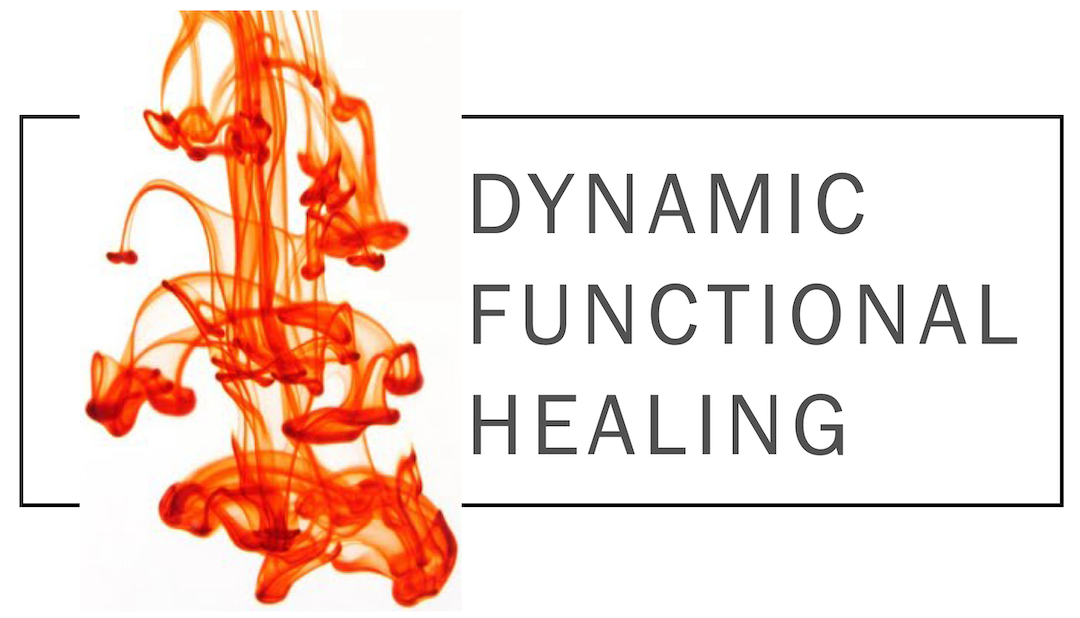I always tout drinking more fluids, especially water, in order to work the bladder as a muscle, keeping it strong. The other side to this coin is the benefits of hydration. All tissues function better if appropriately hydrated.
While there has never been research to indicate just how much we should drink and there are varied ideas about how to compute amounts to drink, I tell my patients to use their bladder as their gauge. If you are exercising regularly and have gained control of your bladder issue, you know you are drinking enough if your symptoms subside and you are dehydrated if your symptoms relapse. You can also use your time on the toilet as a gauge. Women should urinate for 10 to 12 seconds and men should urinate for 12 to 15 seconds. If you don't make that mark, you need more fluids.
People tend to think more about hydration in warmer weather, when they're more active. But these Minnesota winters are so dry that it is important to think about hydration year round.
